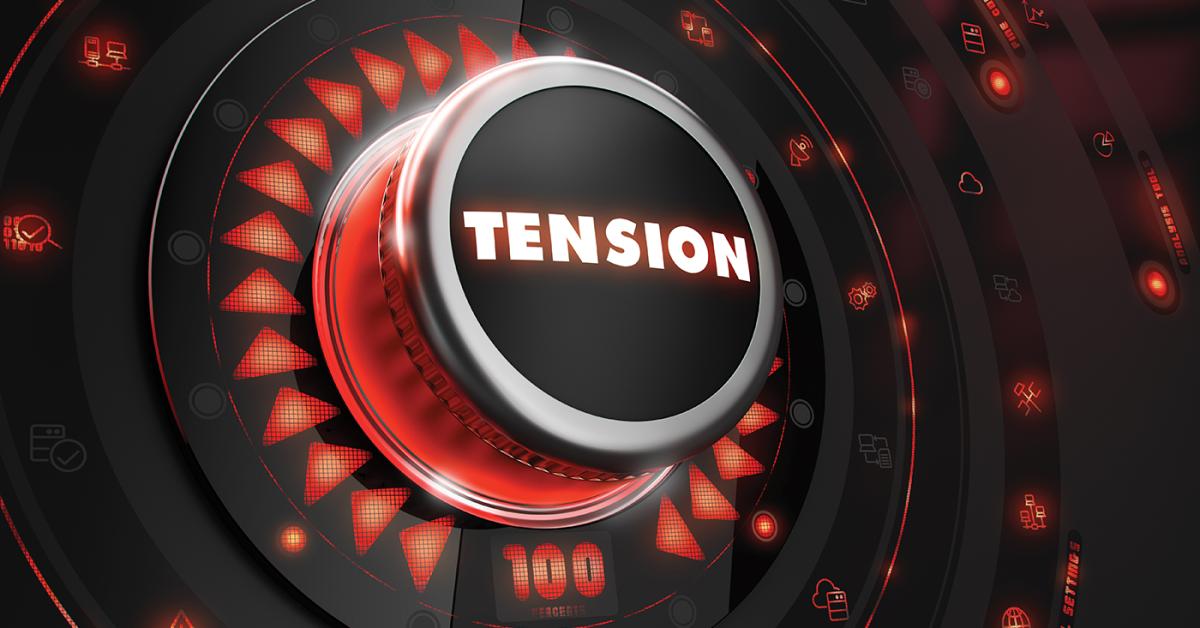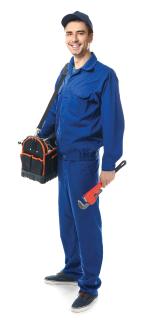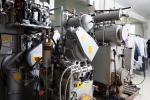CHICAGO — When it comes to delivering a product that is properly finished to customers, many dry cleaners depend on tensioning machines, which dry crease- and wrinkle-free results. Add to this the fact that it’s easier than ever to get inexperienced workers up to speed quickly and tensioning machines can quickly prove their worth to owners.
In Part 1 of this series, we discussed the evolution of this piece of equipment, as well as the times these machines shine. Today, we’ll examine the tensioner’s place in the plant and what it takes to train workers to use it to its fullest.
Wet or Dry?
With those caveats, however, Jim Groshans, sales manager for Unipress Corp., headquartered in Tampa, Florida, believes that tensioning equipment should have a firm place in the plant.
“Tensioning is desirable, and a ‘want’ to have for dry cleaning,” he says. “Taking a jacket and putting it on a piece of tensioning equipment gives you very high-quality results, especially in the shoulder area, where the seams are. It pulls the stitching down and makes it look brand-new again, and you have a very limited amount of actual pressing when it comes to dry cleaning.”
When it comes to wet cleaning, however, Groshans believes the focus shifts.
“On wet cleaning, the difference is that it’s not a ‘nice’ to have — it’s a ‘need’ to have,” he says. “Tensioning equipment was designed because of wet cleaning. Without tensioning equipment, when you’re trying to wet-clean, you will never be able to restore the size or the shape of the garment back to the original condition. You have to have tensioning equipment to do that.”
“For wet cleaning, you do need a tensioning form finisher,” agrees Mike Tungesvick, national sales manager for equipment manufacturer Sankosha USA. “A lot of times on a suit jacket, for instance, the shell will shrink up a bit and the lining will show, hanging out of the bottom. A tensioning form finisher will bring that back into alignment.”
“I’ve spoken to a cleaner who didn’t have a tensioning machine, and I asked them, ‘How do you finish the garment?’” says Yuriko Tanabe, vice president of European Finishing Equipment Corp./Hi-Steam, based in Secaucus, New Jersey. “They said they hung it up on a clothesline, left it overnight and then went back in the morning to finish it with hand irons. I couldn’t believe it!”
The Learning Curve
One of the advantages of today’s tensioning equipment, with its improved controls and streamlined designs, is that it’s easier for operators to learn how to use, with a much lower learning curve — a true advantage in a time where cleaners are having trouble filling roles in their businesses.
However, as with any piece of equipment, Tungesvick says, it’s important to train operators in a plant on how to use the machines and get the best results.
“When we are in the field to install and train on these machines, we make sure the operators know everything there is to know about them,” he says. “Then, we’ll look at what’s coming down their line — suit jackets, dresses, knit tops, polos and so on. There’s a function on these machines that will allow you to do all those different types of garments. You want to be able to utilize them, because that’s the whole purpose of putting in a tensioning form finisher — to make production faster.”
Still, as the machines get easier to use and new technology becomes more available, getting staff familiarized with operations isn’t quite the challenge as it was before.
“It’s easier to get people up to speed now, especially with everyone having cellphones,” Groshans says. “You can video things quickly. We’ve done that in the field where, once we set up a piece of equipment, we have an employee going through the proper steps. An owner or manager might go ahead and video that person. That way, they can refer to it later. But the equipment’s gotten easier to use, as well.”
Because the learning curve isn’t a steep one, Tanabe says that cross-training also becomes much easier.
“All team members should be trained so they can step in to do the job when needed,” she says. “It’s very simple to learn.”
Come back on Tuesday for the conclusion of this series, when we’ll examine some common mistakes made with tensioners, and what the future may hold. For Part 1 of this series, click HERE.
Have a question or comment? E-mail our editor Dave Davis at [email protected].





















